After 80 Years, This 1940s Shipwreck Surfaces in Lake Superior
Lake Superior is known as the lake that never gives up its dead. However, researchers have unearthed the SS Arlington after nearly 80 years of it being lost beneath the surface of Lake Superior. The shipwreck disappeared in 1940, and was surrounded by mystery.
Researcher Dan Fountain of Negaunee, Michigan, and the Great Lakes Shipwreck Historical Society (GLSHS) discovered the 244-foot-bulk carrier of SS Arlington after it had been missing for decades.
How Did the Arlington Sink?
The SS Arlington sank in the spring of 1940 as it sailed to Ontario. According to the Shipwreck Society, a dense fog covered Lake Superior during the journey, and a storm began battering the Arlington and another freighter, the Collingwood, late one night.
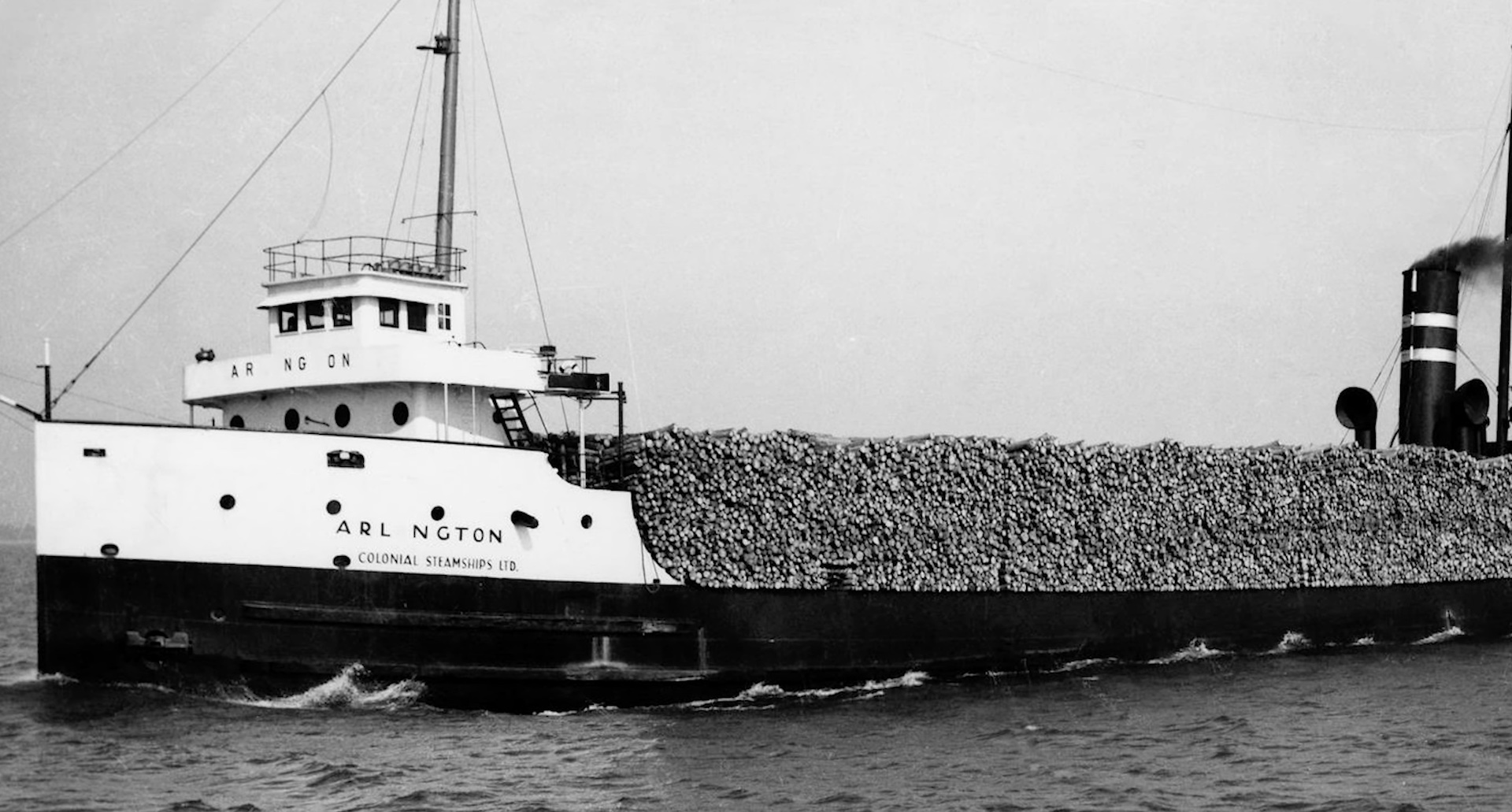
Source: Big Old Boats/YouTube
The Arlington’s first mate ordered a course closure to the Canadian North Shore after the ship started taking on water. However, the ship’s captain, Frederick “Tatey Bug” Burke, pushed back and ordered that the ship back out into the open lake.
The Arlington Sinks With Its Captain
Unfortunately, the Arlington began to sink in the early hours of May 1, 1940. The crew abandoned the ship and swam toward the Collingwood for safety. In a cinematic turn of events, Burke stayed with his ship as it sank into Lake Superior.
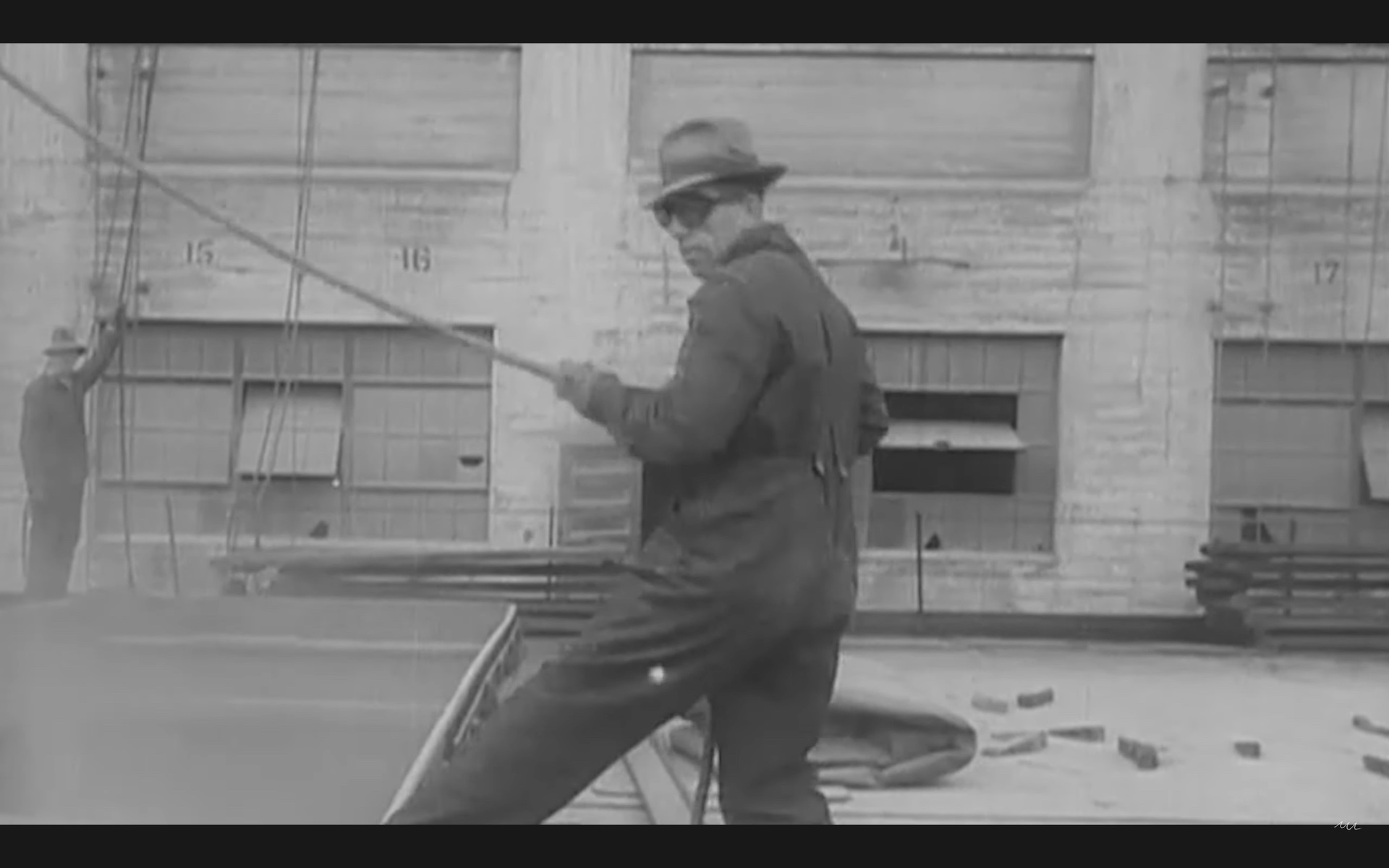
Source: Big Old Boats/YouTube
According to survivors, Burke stood near the ship’s pilothouse, waving to the Collingwood just before the Arlington vanished beneath the waves. The questions surrounding Burke’s choice to stay on the ship and his “odd” behavior have created a bit of a conspiracy.
The Mystery Behind the Captain’s Final Goodbye
“The stereotype is that the captain goes down with the ship,” Bruce Lynn, the executive director of the historical society, said in an interview on Monday (via The New York Times).

Source: Robert McGreevy/Shipwreck Society
“But there was plenty of time for that captain to get out of his pilothouse and be part of that crew that was going to be rescued,” he said. “So I think it was the mystery of what the captain was doing that makes this unique.”
Why Was the Captain Waving?
“The question is whether he was saying, ‘Hey, hold the lifeboat’ or waving goodbye,” said Fountain to The New York Times. What ever the truth is now lays with the captain in his watery grave.
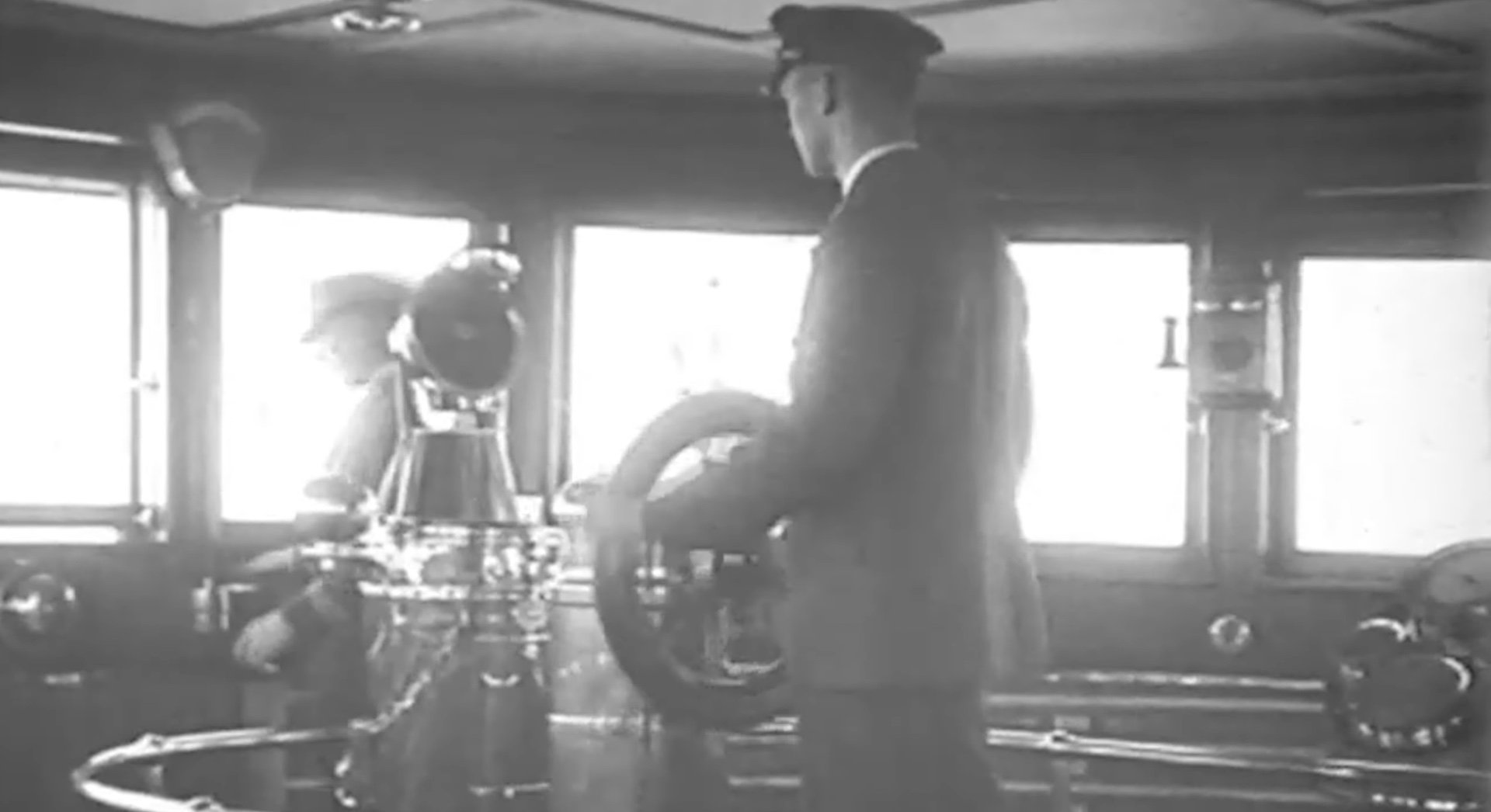
Source: Big Old Boats/YouTube
Sonar and satellite technology are aiding the discovery of numerous shipwrecks in the Great Lakes, where hundreds of vessels have sunk over time. While we may never know the truth behind Arlington’s final moments, the discovery is one to celebrate.
Why Does It Take So Long to Find Shipwrecks?
The vast 32,000-square-mile lake hides hundreds of shipwrecks. Currents and time continuously disturb the lake floor silt, concealing wrecks from immediate discovery. Over time, wrecks will make themselves known in stages.
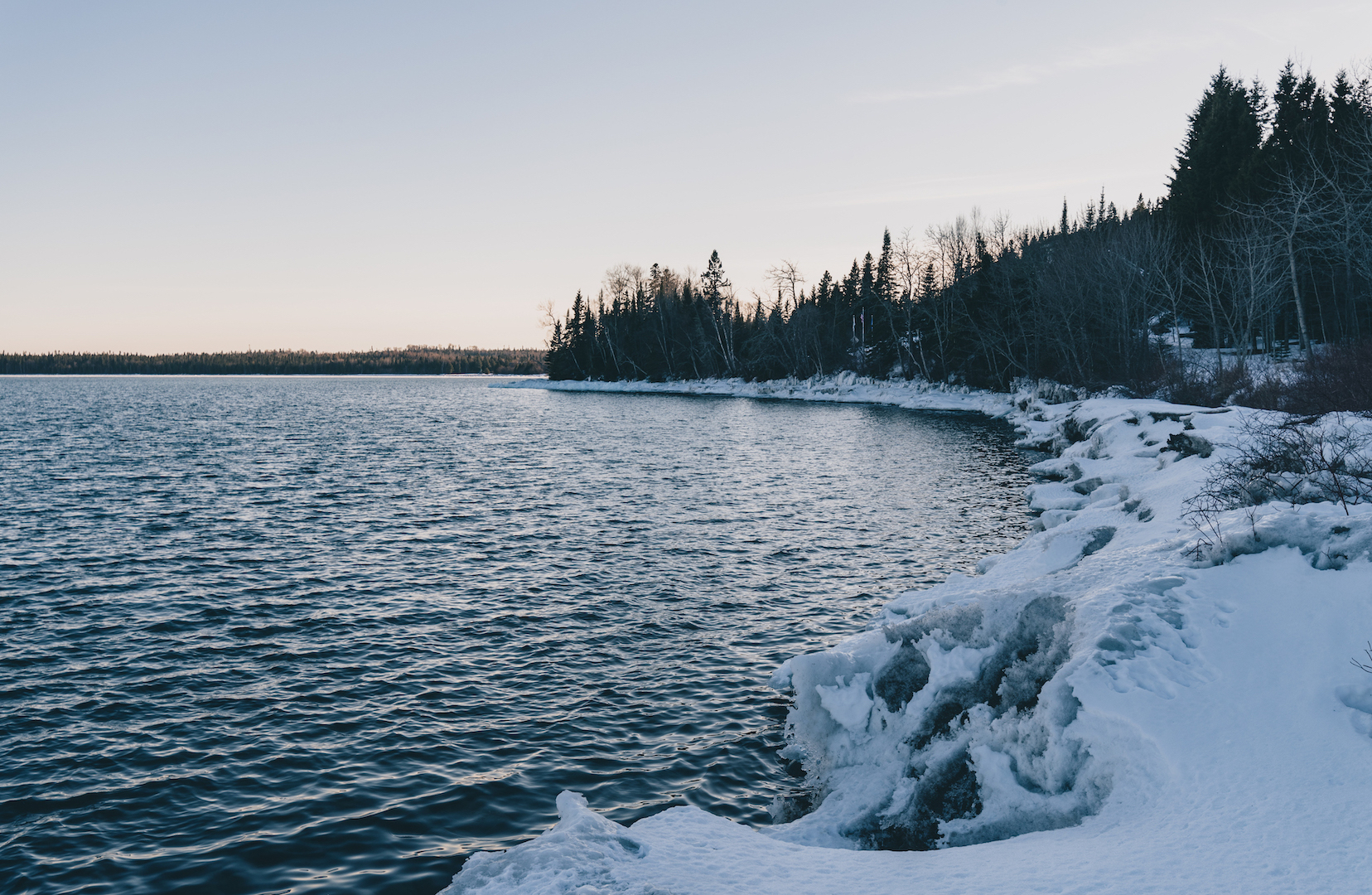
Source: Wikimedia Commons
Remote sensing data reveals disturbances in the lake floor, which are later confirmed using side-scan sonar. This technology works by sending acoustic pulses that map the lake floor and any submerged objects.
The Arlington's Discovery
When Fountain came across the “deep anomaly” about 35 miles north of Michigan’s Keweenaw Peninsula, he contacted the Shipwreck Society. Through further investigation, a team with GLSHS used sonar to observe an unusual shape at the bottom of Lake Superior, the largest freshwater lake by area in the U.S.
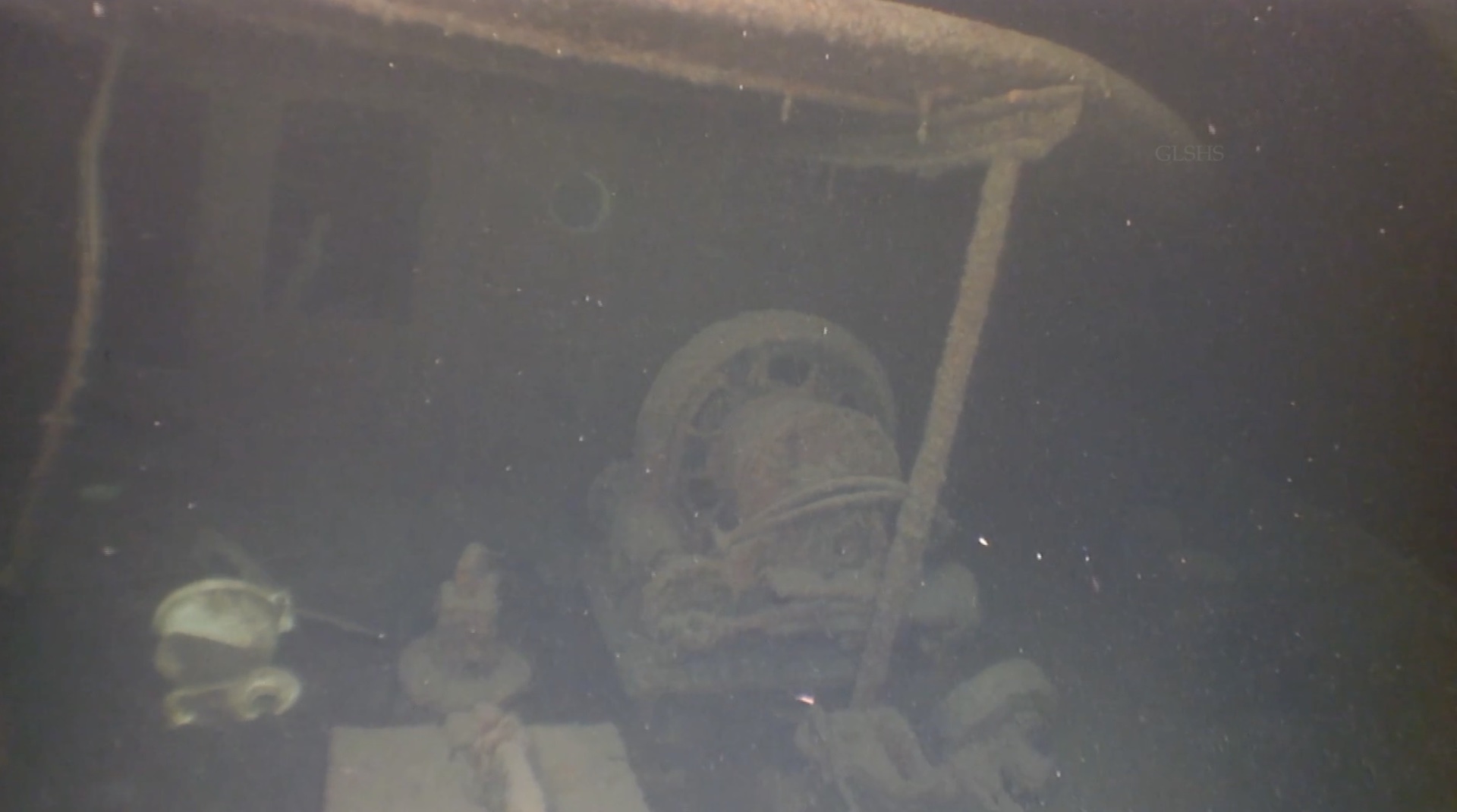
Source: Shipwreck Society
Using a remotely operated vehicle to pick up the details of the object, the team behind the research identified the hulk of the Arlington more than 600 feet below the lake’s surface.
The End of the Arlington’s Story
High costs and Michigan laws against the surfacing of shipwrecks leave archaeologists to meticulously comb surviving manifests, crew lists, and underwater artifacts for clues to life aboard these sunken vessels.

Source: Shipwreck Society
“It’s exciting to solve just one more of Lake Superior’s many mysteries,” Fountain said (via Fox Weather). “Finding Arlington so far out in the lake. I hope this final chapter in her story can provide some measure of closure to the family of Captain Burke.”
The Last Ship to Sink in the Great Lakes
The Arlington isn’t the only ship to have disappeared beneath the waters of Lake Superior over the years. The Edmund Fitzgerald is possibly one of the most mysterious and controversial shipwrecks surrounding the Great Lakes.
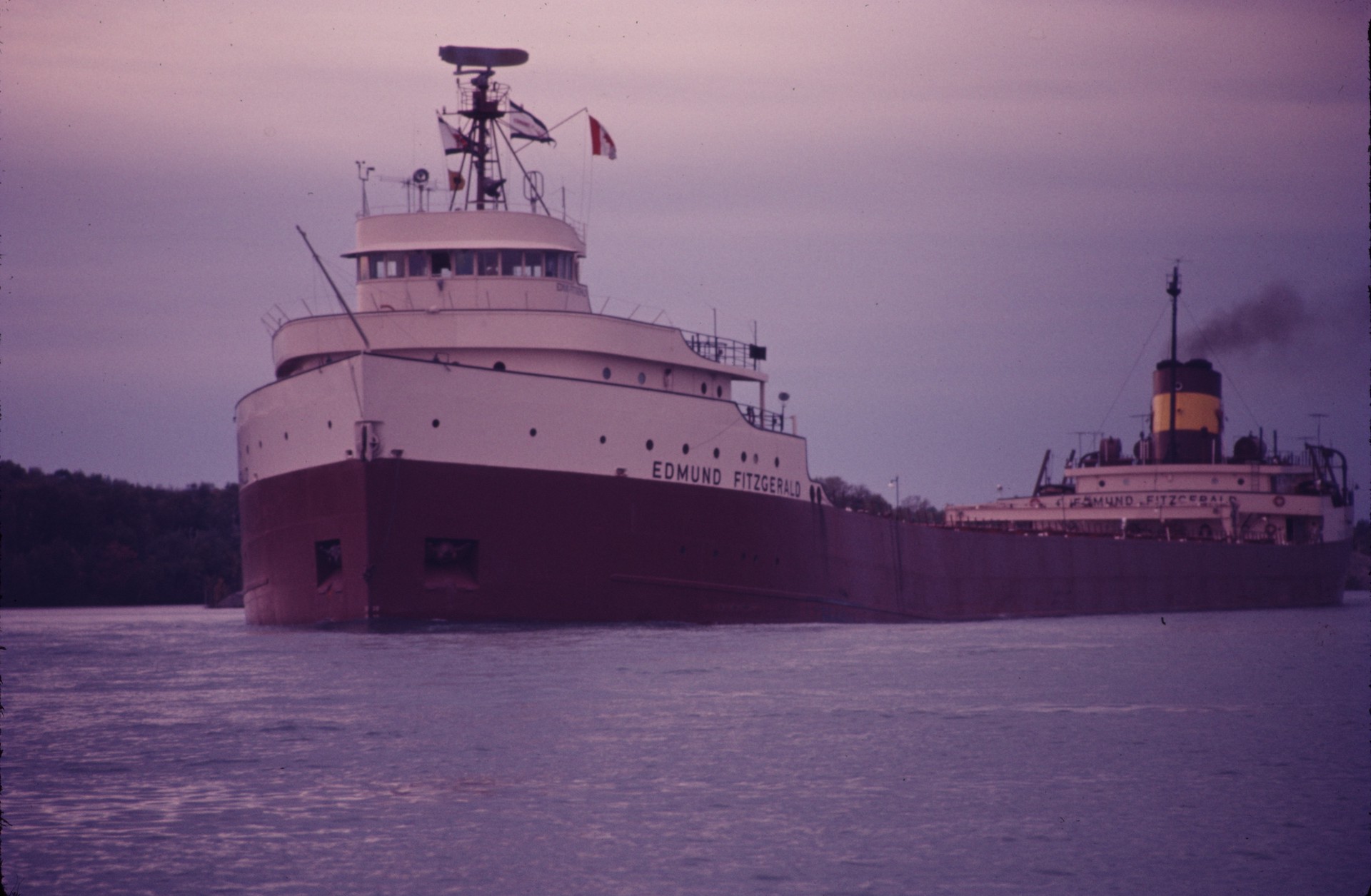
Source: Wikimedia Commons
In 1975, the Edmund Fitzgerald disappeared under the snowy Lake Superior with a crew of 29. Two consecutive waves crashed down upon the ship, pulling it down into the murky waters.
The Edmund Fitzgerald Was Quickly Recovered
The Coast Guard searched for the next several days as a Navy plane with a special magnetic anomaly detector located a strong contact about 17 miles northwest of Whitefish Point. Two large pieces of the wreckage were uncovered under about 535 feet of water.
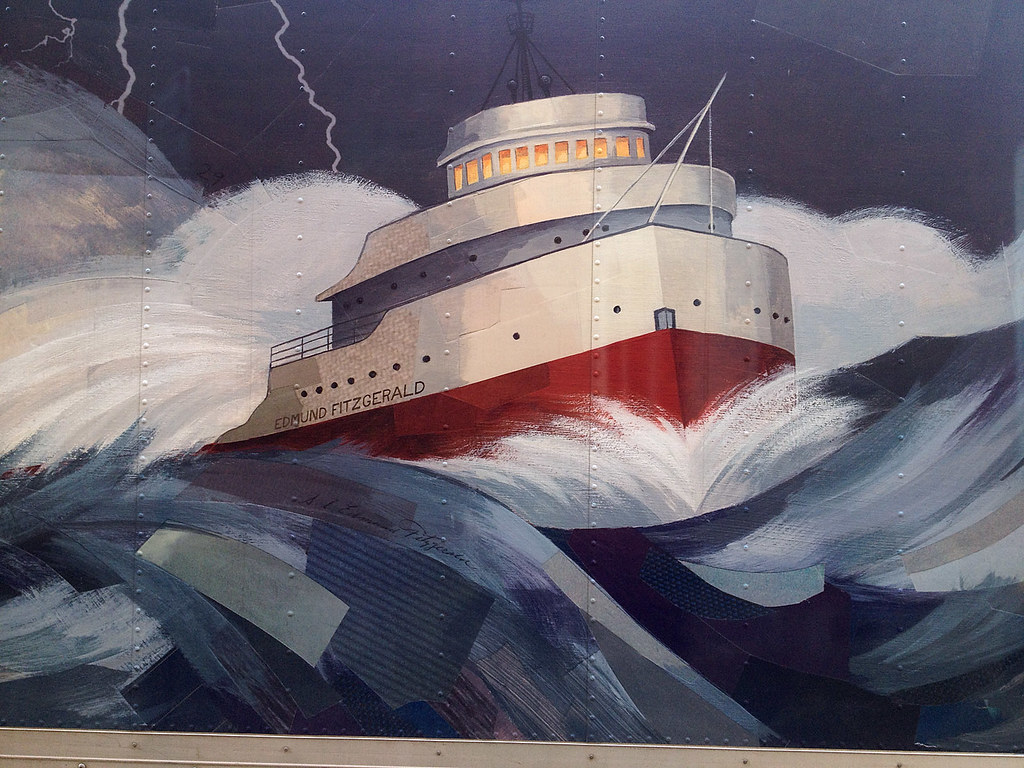
Source: Ross/Flickr
A Navy underwater recovery vehicle photographed the wreckage on May 20, 1976, showing the words “Edmund Fitzgerald” on the stern piece of the ship.
Did the Edmund Fitzgerald Break in Half?
There has been speculation about how the ship broke in half. Some believe that the weight of the massive waves that sank the ship broke the Edmund Fitzgerald in half. However, the Coast Guard’s final report suggests that the Edmund Fitzgerald sank after nose-diving into a large wave, unable to recover due to the loss of buoyancy.
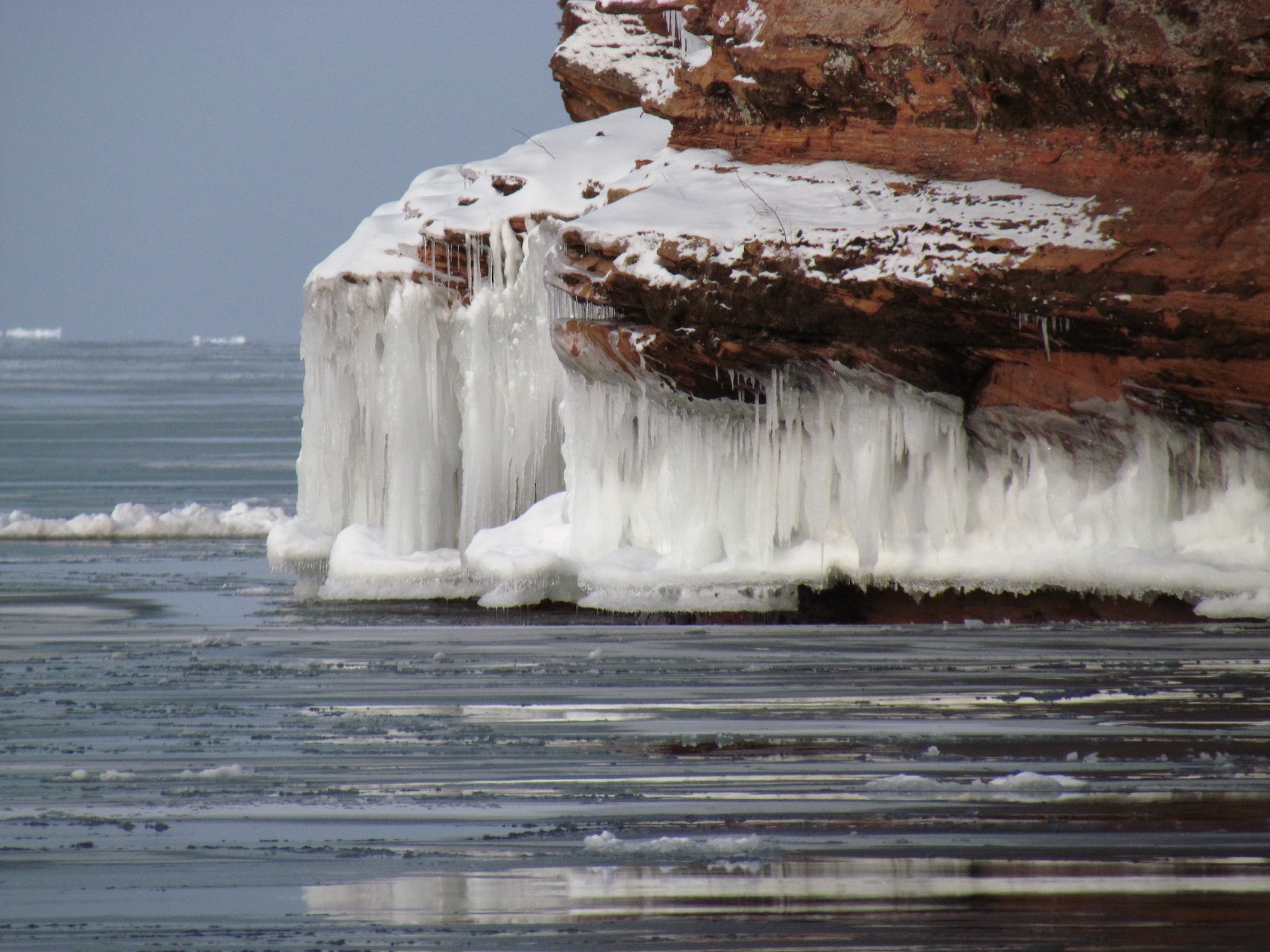
Source: Wikimedia Commons
The heavy cargo ship eventually snapped in two. After sinking and hitting the bottom of the lake with a large amount of force, the ship broke in half.
Why Do Shipwreck Discoveries Matter?
Though the Edmund Fitzgerald was the last shipwreck in the Great Lakes, hundreds of shipwrecks in those waters remain undiscovered.
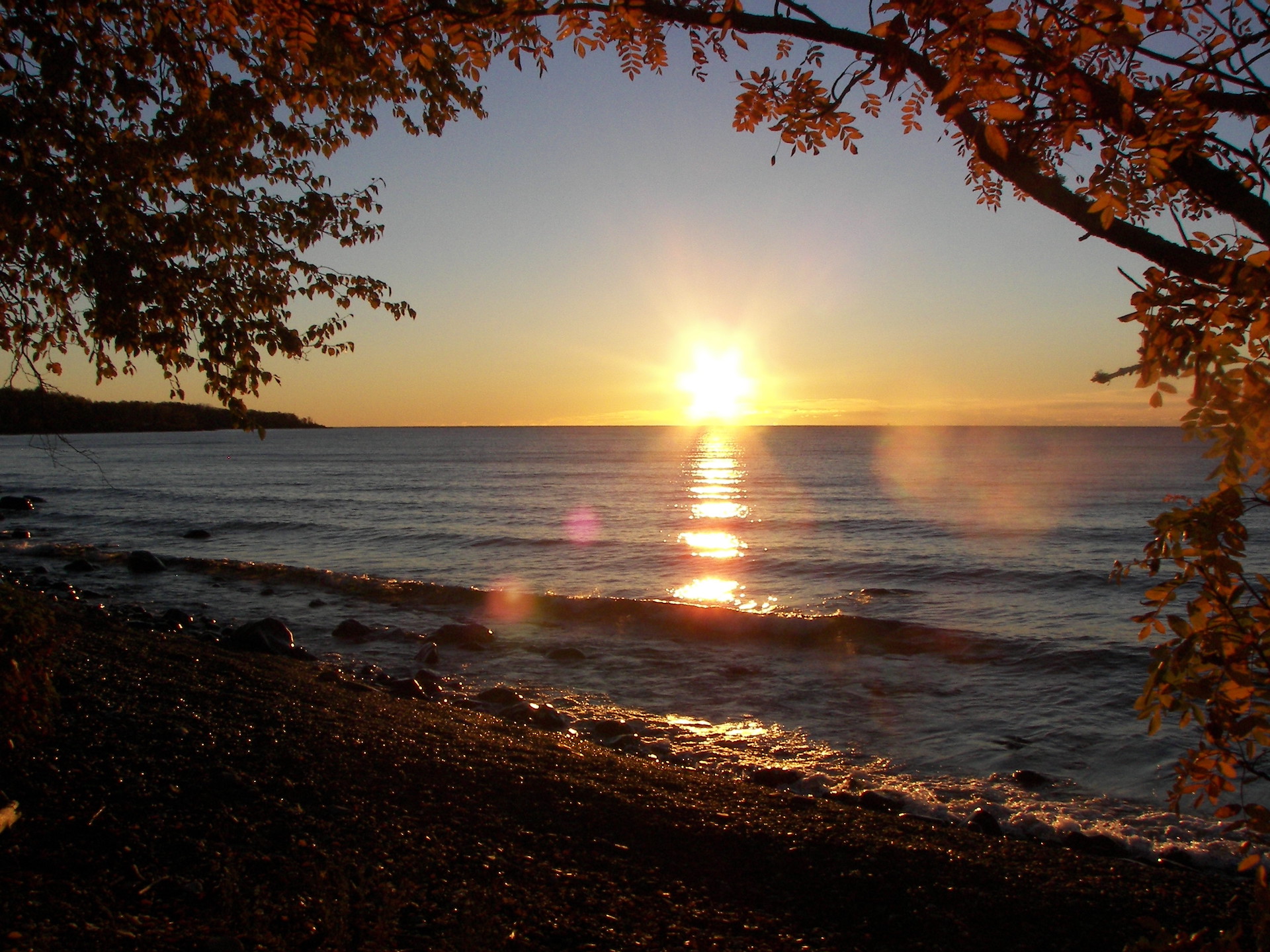
Source: Wikimedia Commons
Discovering these shipwrecks leads to unlocking a piece of lost history. Now, researchers have insight into how people in the past lived, how they utilized natural resources, and how they changed the world around them.
